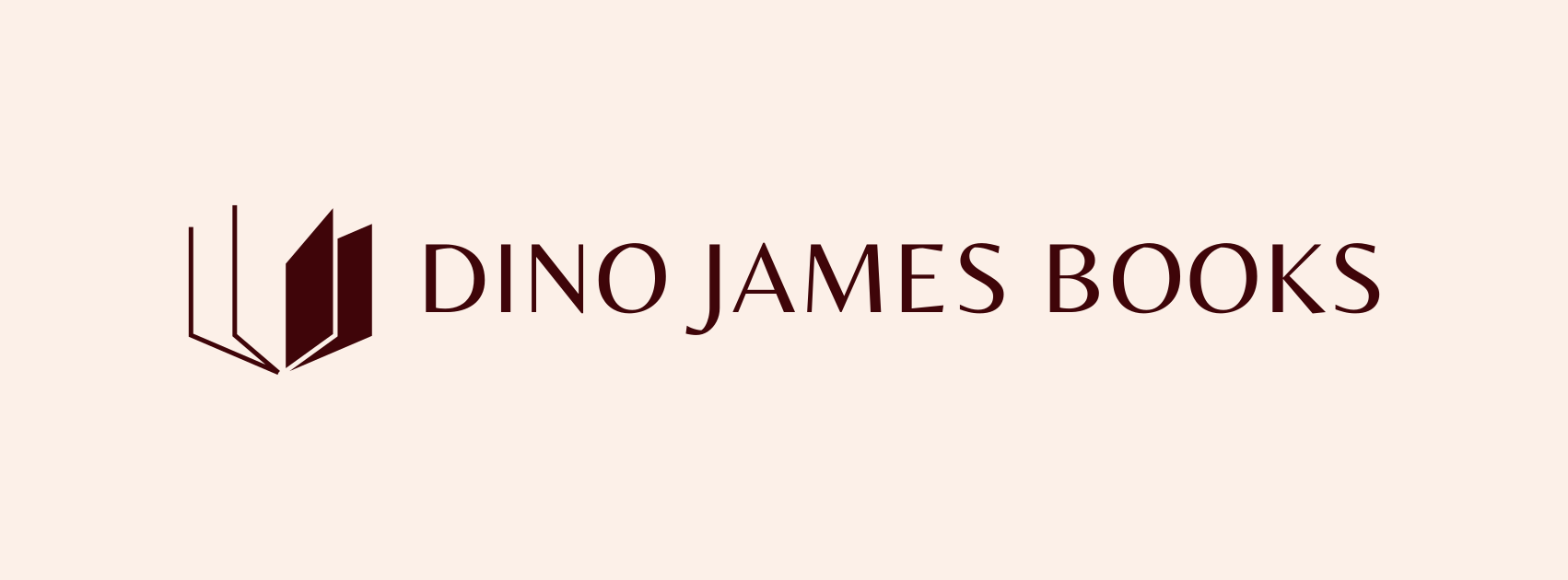In a world seemingly spinning out of control—with wars, pandemics, political upheavals, and environmental crises—it’s natural to ask: Are we the helpless victims of this chaos, or are we, in some way, its creators? This question strikes at the very core of our human experience, and its answer can set us free or keep us bound in fear. A Course in Miracles (ACIM) offers a clear and radical perspective: we are never the victims of the world we see. We are its creators. And the key to peace lies in understanding this simple, profound truth.
ACIM teaches that the world is a reflection of our collective and individual minds—a projection of the inner beliefs, judgments, and fears we hold. Lesson 31 of the Course states plainly: “I am not the victim of the world I see.” This idea challenges the deeply ingrained belief that we are at the mercy of external forces—be they political leaders, economic trends, or the unpredictable storms of nature. The Course invites us to see that these external events, while appearing to be “out there,” are in fact symbolic representations of the mind’s state.
This is not an invitation to blame ourselves for every painful event or injustice, but a call to awaken to the power of our thinking. The chaos we perceive is a mirror of the inner conflict we harbor—our attachments to fear, judgment, and separation. ACIM reminds us, “Projection makes perception” (T-21.In.1:1). What we see is not truth itself, but a reflection of the mind’s choice between love and fear.
So, are we victims or creators? The answer lies in which will we choose to follow. There are only two options: the ego’s will, which thrives on fear and separation, or the Holy Spirit’s will, which calls us back to love and unity. The ego’s will perpetuates the cycle of attack and defense, of “us versus them,” of scarcity and loss. It feeds on grievances, on identifying with the body, and on seeing others as competitors or threats. Choosing the ego’s will leads inevitably to more chaos, more pain, more fear. It is a dead-end road that only seems to offer solutions while quietly leading to more suffering.
The Holy Spirit’s will, on the other hand, is the quiet, gentle voice of sanity. It speaks of forgiveness, of peace, of the shared interest we all have in healing and love. It teaches that there is no separation, that no one is our enemy, and that in giving, we receive. The Course emphasizes, “The only real will is God’s.” When we align our will with God’s, we choose peace over conflict, love over fear, and acceptance over judgment.
The world of chaos we see is a classroom, offering us daily opportunities to choose again. We can see every crisis as an invitation to forgive, to let go of judgment, and to ask, “What is this for?” When we shift from fear to love, from seeing ourselves as victims to creators, we begin to transform not only our experience of the world but also the world itself.
Does this mean we can single-handedly stop wars or heal the planet? Not necessarily in form—but in content, yes. The Course is clear that all healing begins in the mind. When enough minds choose peace, the world we see will reflect that peace. This is the true power of the mind: not to control the externals, but to reinterpret them—to see them through the eyes of love.
The choice is always ours. Will we continue to feed the fires of chaos by aligning with the ego’s will, or will we choose the Holy Spirit’s guidance and bring peace to our minds and, by extension, to the world?
In the end, “Nothing real can be threatened. Nothing unreal exists. Herein lies the peace of God.” (T-In.2:2-4).
When we remember this, we remember who we truly are: not victims of a chaotic world, but co-creators of peace, aligned with the Will of God.

